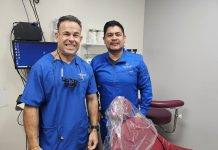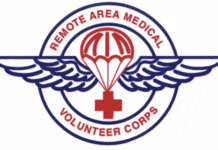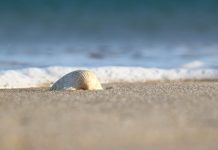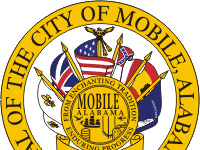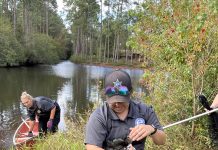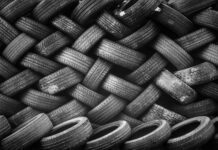La Costa del Golfo se prepara para las crías de tortugas marinas
La temporada de anidación acaba de pasar su mitad de camino, con un total de 19 nidos en Pensacola Beach y cuatro en Perdido Key. De los 23 nidos descubiertos, 22 son boba con un nido verde en Pensacola Beach. Si bien la temporada tuvo un comienzo lento, la actividad de anidación aumentó durante junio y julio.
“La anidación puede ocurrir hasta fines del verano; sin embargo, se espera que los primeros nidos eclosionen a principios de agosto. Las crías de tortugas marinas enfrentan muchas amenazas en su primer viaje al Golfo, tanto naturales como provocadas por los humanos, por lo que les pedimos a todos que parte para proteger a las tortugas recién nacidas ,” dijo el Capitán Robert Turpin, Gerente de la División de Recursos Marinos.
Recordar:
- ¡Apagar las luces! Tanto las crías como las tortugas anidadoras necesitan playas oscuras para encontrar el Golfo de México. Deje las linternas y los teléfonos celulares en casa o use una linterna roja cuando esté en la playa por la noche. Apague las luces exteriores y cierre las ventanas y cortinas para mantener oscuras nuestras playas.
- ¡Deje solo huellas! Retire todos los muebles y juguetes de la playa cuando termine el día, incluidas las hamacas, carpas, toldos, sillas, juguetes y equipo deportivo.
- Si lo excavas, ¡llénalo! Los grandes agujeros, trincheras y fosos crean obstáculos peligrosos para las tortugas marinas que nacen y anidan. Evite cavar grandes hoyos en la playa y alise los castillos de arena y rellene los hoyos al final del día.
El capitán Turpin agregó: “¡Cada cría cuenta! Las crías que no llegan al Golfo rápidamente son presa fácil de los depredadores y corren el riesgo de deshidratarse, morir de hambre y morir. Sólo una de cada 1000 crías sobrevivirá hasta la edad adulta.”
Si ve un nido eclosionando o encuentra tortugas recién nacidas en la playa, llame a Recursos Marinos del Condado de Escambia al (850) 426-1257. Si encuentra una tortuga anidando, apague todas las luces y retírese a una distancia segura.
Gulf Coast prepares for sea turtle hatchlings
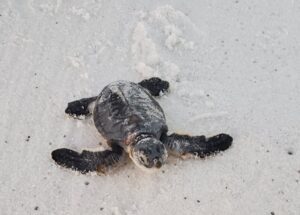 Nesting season has just passed its halfway mark, with a total of 19 nests on Pensacola Beach and four on Perdido Key. Of the 23 nests discovered, 22 are Loggerhead with one Green nest on Pensacola Beach. While the season got off to a slow start, nesting activity picked up through June and July.
Nesting season has just passed its halfway mark, with a total of 19 nests on Pensacola Beach and four on Perdido Key. Of the 23 nests discovered, 22 are Loggerhead with one Green nest on Pensacola Beach. While the season got off to a slow start, nesting activity picked up through June and July.
“Nesting may occur through the late summer; however, the first nests are expected to hatch in early August. Sea turtle hatchlings face many threats on their first trip to the Gulf, both natural and human-caused so we are asking everyone to do their part to protect hatchling turtles,” said Marine Resources Division Manager Captain Robert Turpin.
Remember:
- Lights Out! Both hatchlings and nesting turtles need dark beaches to find the Gulf of Mexico. Leave the flashlights and cell phones at home or use a red flashlight when on the beach at night. Turn off exterior lights and close windows and curtains to keep our beaches dark.
- Leave Only Footprints! Remove all furniture and toys from the beach when you’re done for the day, including hammocks, tents, canopies, chairs, toys and sports equipment.
- If You Dig it, Fill It! Large holes, trenches and moats create dangerous obstacles for hatchling and nesting sea turtles. Avoid digging large holes on the beach and flatten sandcastles and fill in holes at the end of your day.
Captain Turpin added, “Every hatchling counts! Hatchlings that do not reach the Gulf quickly are easy prey for predators and at risk of dehydration, starvation and death. Only one in 1,000 hatchlings will survive to adulthood.”
If you see a nest hatching or encounter hatchlings turtles on the beach, call Escambia County Marine Resources at (850) 426-1257. If you encounter a nesting turtle, turn off all lights and retreat a safe distance away.



